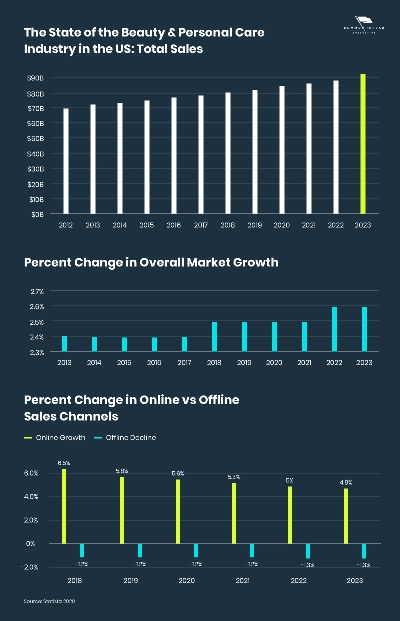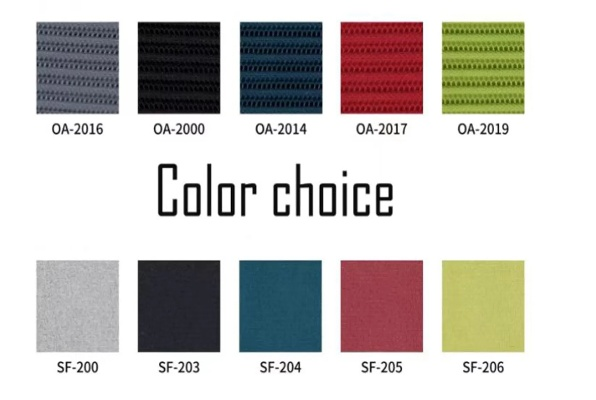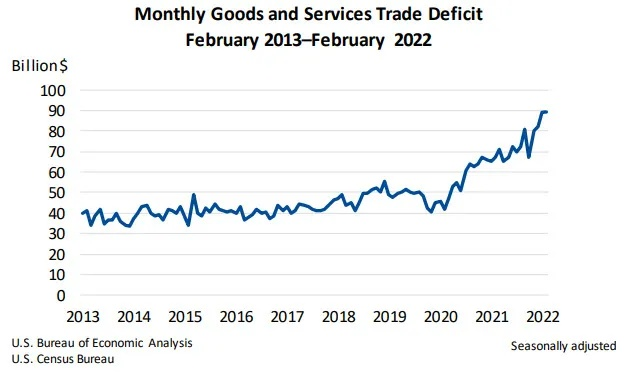Understanding the Causes of Price Increases in Textiles in 2022
In 2022, the price of textiles has been on a rise due to several factors. Firstly, there has been an increase in raw material costs, such as cotton and polyester, which have driven up the production costs of textiles. Secondly, the pandemic has led to a decrease in supply chain efficiency, causing delays in transportation and production, resulting in higher prices for consumers. Additionally, the global trade war between China and the United States has affected the supply of certain textiles, further driving up prices. Finally, rising labor costs and increased demand for sustainable and eco-friendly textiles have also contributed to the increase in prices.
Introduction: In the global economy, textiles play a crucial role in our daily lives. They are used in everything from clothing and household items to industrial fabrics. However, in recent years, there has been a noticeable increase in the prices of textiles. This article will explore the reasons behind this trend and provide some insights into how it might affect consumers.

Table of Contents:
- Raw Material Costs
- Supply Chain Logistics
- Trade Policies and Tariffs
- Labor and Employment Issues
- Environmental Regulations and Climate Change
- Technological Advances and Innovations
- Market Demand and Consumer Sentiment
- International Trade and Export Controls
- Political Stability and Economic Instability
- Industry Consolidation and Mergers and Acquisitions
- Conclusion
Raw Material Costs: One of the primary drivers of price increases in textiles is the rise in raw material costs. The cost of cotton, for example, has increased significantly due to factors such as weather patterns, political instability, and supply chain disruptions. Additionally, the demand for sustainable materials like organic cotton has also contributed to higher prices.
Supply Chain Logistics: Another factor contributing to the price increase of textiles is the complexity of the supply chain. From the sourcing of raw materials to the production of finished products, each stage can be affected by various factors such as transportation costs, labor shortages, and natural disasters. For instance, the COVID-19 pandemic has disrupted many supply chains, causing delays and increased costs for manufacturers.
Trade Policies and Tariffs: International trade policies and tariffs can also impact the prices of textiles. When countries impose tariffs on imported goods, it can lead to higher prices for domestic producers. Additionally, changes in trade agreements between nations can affect the availability and pricing of certain textiles.
Labor and Employment Issues: Labor costs have also played a significant role in driving up the prices of textiles. Many textile companies rely heavily on foreign workers, which can lead to high wages and other labor costs that are passed on to consumers. Additionally, the COVID-19 pandemic has caused labor shortages and increased wage demands, further driving up prices.
Environmental Regulations and Climate Change: The increasing focus on sustainability and environmental regulations has also contributed to the price increases of textiles. Companies must invest in new technologies and processes to reduce their carbon footprint and comply with increasingly stringent regulations. This can be costly and may affect the profitability of some businesses.
Technological Advances and Innovations: Technological advancements have also had an impact on the prices of textiles. As companies invest in new machinery and equipment, they may need to pay for these investments out of pocket or through rent or lease arrangements. Additionally, technological innovations in dyeing and printing processes can lead to higher costs for manufacturers.
Market Demand and Consumer Sentiment: Finally, market demand and consumer sentiment can also influence the prices of textiles. If consumers become more conscious about the environmental impact of their purchases, they may demand more sustainable options or opt for less expensive alternatives. Additionally, if consumers become disillusioned with certain brands or products, they may choose not to purchase them at all, leading to a decrease in demand for those items.
International Trade and Export Controls: International trade policies and export controls can also impact the prices of textiles. For example, tariffs imposed by certain countries on imported goods can make them more expensive for consumers in other countries. Additionally, restrictions on the movement of goods can cause delays in the supply chain, leading to higher prices for consumers.
Political Stability and Economic Instability: Political stability and economic instability can also impact the prices of textiles. If a country experiences political unrest or economic downturns, it may become difficult for businesses to operate effectively and may lead to higher costs for consumers. Additionally, if a country experiences economic growth or inflation, it may lead to higher prices for goods, including textiles.

Industry Consolidation and Mergers and Acquisitions: Lastly, industry consolidation and mergers and acquisitions can also impact the prices of textiles. As companies merge or acquire smaller competitors, they may be able to negotiate lower prices for their products or access new markets more easily. However, this can also lead to increased competition among existing players, which may result in higher prices for consumers.
Conclusion: In conclusion, the increase in the prices of textiles in 2022 can be attributed to a variety of factors, including raw material costs, supply chain logistics, trade policies and tariffs, labor and employment issues, environmental regulations and climate change, technological advances and innovations, market demand and consumer sentiment, international trade and export controls, political stability and economic instability, and industry consolidation and mergers and acquisitions. While these factors can be challenging for businesses and consumers alike, it is important to remain informed about the latest trends and take steps to mitigate their impact.
随着全球经济的不断发展和贸易环境的不断变化,纺织品价格波动成为了一个备受关注的话题,特别是在2022年,纺织品价格的上涨引起了广泛关注,本文将深入探讨纺织品涨价的原因,并结合案例进行分析。
纺织品涨价背景
近年来,纺织品市场面临着诸多挑战,包括原材料成本、人工成本、国际贸易环境等,这些因素共同作用,导致了纺织品价格的上涨。
纺织品涨价原因分析
原材料成本上涨
近年来,全球原材料市场呈现上涨趋势,特别是某些关键原材料如棉花、蚕丝等价格的上涨,直接推动了纺织品价格的上涨,环保政策、土地资源紧张等因素也加剧了原材料成本的上涨。
人工成本上升

随着经济的发展和人口老龄化的加剧,劳动力成本不断上升,纺织企业为了维持生产规模和盈利能力,不得不增加人工成本,这也导致了纺织品价格的上涨。
国际贸易环境变化
国际贸易环境的变化也是纺织品价格上涨的原因之一,关税的提高、贸易壁垒的增加等都增加了纺织品的进口成本,一些新兴市场对纺织品的需求增加,也推动了纺织品价格的上涨。
案例说明
以某地区为例,近年来纺织品价格上涨的具体情况如下:
某地区纺织企业A在原材料成本上涨的背景下,通过优化生产流程、提高生产效率等方式,成功降低了生产成本,该企业还积极拓展国际市场,提高了产品的竞争力,该企业在纺织品市场上取得了较好的业绩。
某地区劳动力成本上升导致纺织企业面临用工难的问题,为了应对这一挑战,该企业采取了一系列措施,包括提高员工待遇、加强员工培训等,以降低人工成本,该企业还积极拓展新的生产模式,提高生产效率,该企业在劳动力成本上升的情况下,实现了较好的业绩。
纺织品价格的上涨是由多种因素共同作用的结果,在未来的发展中,我们需要从多个角度来应对纺织品价格上涨的问题,我们需要加强政策引导和宏观调控,为纺织企业提供更好的发展环境;纺织企业也需要加强自身的管理和创新能力,提高产品的质量和竞争力,我们也需要关注国际贸易环境的变化,积极应对各种挑战。
未来纺织品市场的发展趋势将受到多种因素的影响,随着科技的不断发展,纺织品的生产效率和品质将不断提高;纺织企业需要加强自身的创新能力和市场开拓能力,以适应不断变化的市场环境,政府也需要继续加强政策引导和宏观调控,为纺织企业的健康发展提供更好的支持。
Articles related to the knowledge points of this article:
Stitching Up Fashion:Crafting the Look with Textile Materials
How to Peel Textiles for Color
Preventing Textile Dyeing Issues with Strategies and Case Studies


